Wireless Networking/10 Ways to Boost Your Wi-Fi Signal
Check out these quick tips to get the strongest signal from your wireless router, extend and optimize your Wi-Fi coverage, and speed up your surfing.

Browsing slowing to a crawl, the inability to stream, dropped Wi-Fi signals, wireless dead zones—every one of these problems is maddening in a world where getting online has become, for some, as necessary as breathing. Well, maybe not that critical, but important. If the only way you can get decent reception is to be in the same room as your wireless router, these simple tips can help optimize your network.
Distance is the most obvious problem—there is a certain optimal range that the wireless signal can travel. If the network has to cover an area larger than the router is capable of transmitting to, or if there are lots of corners to go around and walls to penetrate, performance will take a hit. Interference is also a big issue, especially for those who live in densely populated areas. Signals from other wireless networks and electronics can impact speeds, as can physical obstructions, such as walls. Many phone systems and other wireless devices can also interfere with signals. This is a good thing to consider when you are shopping for a new phone system—many of them use DECT 6.0 nowadays, which coexists very nicely with standard Wi-Fi networks.
It's also possible the problem isn't interference or other networks. Is there a chance you have unwanted guests piggybacking on your network? You can always look at your router's administrator interface to see how many devices are connected. Or use a network analyzer tool to see if you have unknown machines on your network. If it's an open network, close it. Set up security—preferably WPA2, as WEP isn't as strong—and put in a strong password that's hard for others to guess.
There are many other reasons your connection may be less than ideal. Fortunately, we have some troubleshooting tips to help, and many of them won't cost you a dime.
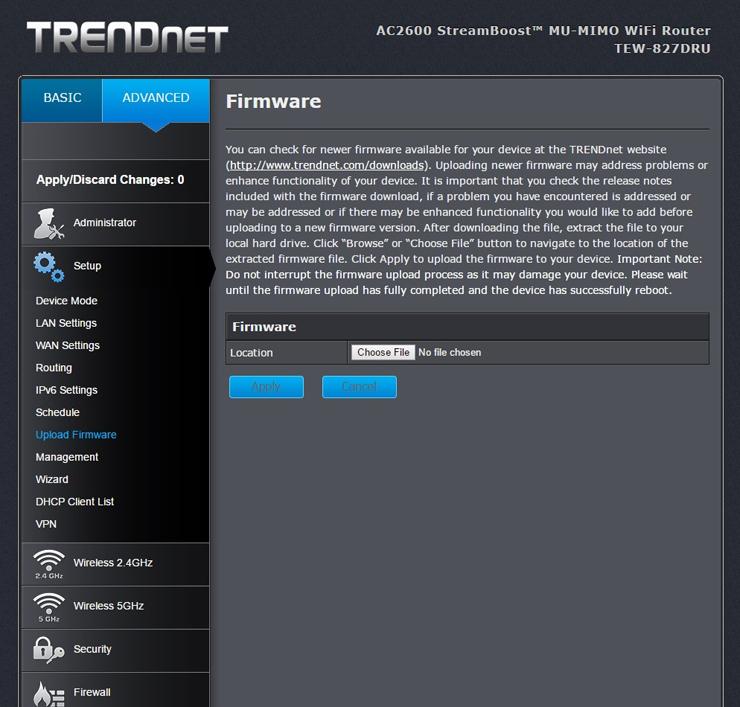
1. Update Your Router Firmware
Perhaps your router just needs an update. Router manufacturers are always tweaking software to eke out a little more performance and speed. How easy—or how hard—it is to upgrade your firmware depends entirely on your device manufacturer and model. Most current routers have the update process built right into the administration interface, so it's just a matter of hitting a firmware upgrade button. Some models, particularly if they're older, still require you to first find and download the firmware from the router manufacturer's website. It's tedious, but still a good thing to do.
In fact, even if your wireless network isn't ailing, you should just make it a point to update your firmware on a regular basis. You will get performance improvements, better features, and security updates that way. Here's how to access your router's settings.

2. Achieve Optimal Router Placement
Not all rooms and spaces are created equal. The fact is, where you place the router can affect your wireless coverage. It may seem logical to have the router inside a cabinet and out of the way, or right by the window where the cable comes in, but that's not always the case. A wired router can be tucked away, out of sight, out of mind. A wireless router, on the other hand, needs open spaces, away from walls and obstructions. It's not just physical obstructions either; heavy-duty appliances or electronics running in close proximity can impact Wi-Fi performance.
If your router has external antennas, orient them vertically to bump up coverage. Elevate the router if you can. You can mount it on a wall, or put it on top of a shelf or a table to get a better signal. There are plenty of tools to help you visualize your network coverage. Personally, I like Heatmapper, or Editors' Choice inSSIDer for Office, which shows you both the weak and strong spots in your Wi-Fi network. There are plenty of mobile apps, too, such as Netgear's WiFi Analytics.

3. What's Your Frequency?
Take a look at your network's administrator interface, and make sure you have it configured for optimum performance. If you have a dual-band router, you'll likely get better throughput by switching to the 5GHz band instead of using the more common 2.4GHz band. If nothing else, you will likely encounter less interference from other wireless networks and devices because the 5GHz frequency is not as commonly used. Switching is quite simple. See if your router's administrator interface offers 5GHz. If it does, enable it, and set up the network as you would normally.
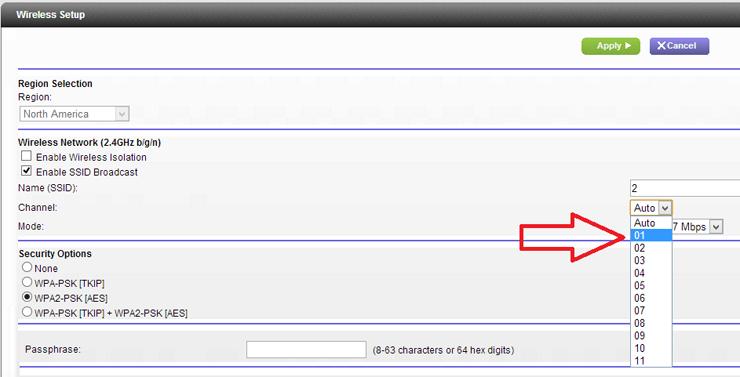
Ever play with walkie-talkies as a kid? You may remember how if the units weren't on the same channel, you couldn't hear each other. Or if you wound up on a different channel, you could listen in on someone else's conversation on a completely different set. Same thing with baby monitors.
In the same vein, all modern routers are multichannel, so they can switch across different channels when communicating to your devices. You tend to use whatever the router default is, but if neighboring wireless networks are also using the same channel, then you are going to encounter signal congestion. On Windows-based PCs, you can see what channels neighboring Wi-Fi networks are using. From the command prompt (in Windows 7) if you type netsh wlan show all, you will see a list of all wireless networks and the channels being used in your vicinity. At PC Labs, for instance, most of our networks and those of our neighbors are using channels 6 and 11.
Once you know what channels are in use, pick one that's less congested and manually switch your router to broadcast on that channel. You can find this setting in your wireless network's administrator interface. While the interface differs by device and manufacturer, you will generally find the option under the basic wireless settings category.
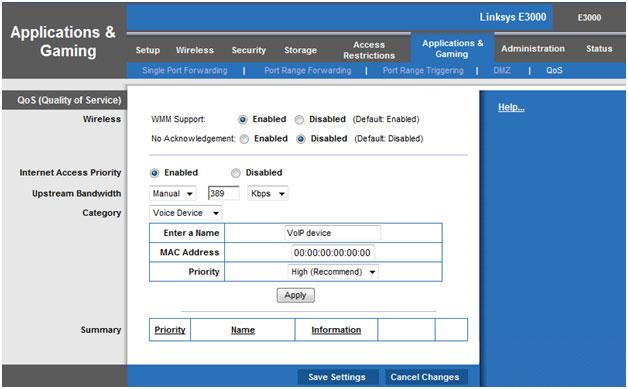
Most modern routers come with Quality-of-Service (QoS) tools to limit the amount of bandwidth that apps use. This is handy if you do lot of video streaming or use Voice over IP (VoIP) often. The last thing you want is to have your video or call quality degrade just because someone is downloading a gigantic video file from Dropbox. You can, for example, specify which applications and services get priority, and set downloaders as lower priority at certain times of the day. Sure, it will take longer to get that file, but everyone else on the network will thank you. QoS settings can typically be found under advanced settings in the network's administrator interface. Some routers may even make it easier by offering a multimedia or gaming setting, so you know those applications will be prioritized.
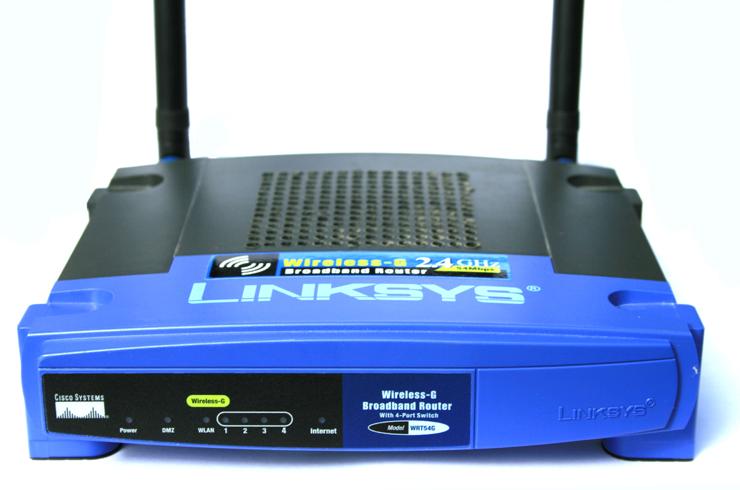
6. Don't Rely on Obsolete Hardware
So far, the tips have been about getting the most out of your existing equipment, but if you are running old hardware, you can't expect the best performance. We have a tendency to subscribe to the "if it ain't broke, don't fix it" mentality with back-end devices, especially networking gear. But if you bought your router years ago, you are likely still on the 802.11g standard. There are still even 802.11b routers in the wild. These wireless standards cap at fairly low bandwidths. Thus, all the tweaking we've outlined above won't get you far, when you consider the maximum thoughput for 802.11g is 54Mbps. Compare that with the more modern 802.11n at 300Mbps, and the latest 802.11ac at 1Gbps. Our list of the best wireless routers is a good place to start the search for a faster router.
It's not just the age of your router you should consider. If you bought a PC within the last couple of years, you likely have an 802.11ac wireless adapter, or at least 802.11n, so it should be compatible with newer routers. But if your laptop doesn't have an integrated updated adapter, you can get a USB wireless adapter. In some cases, they may yield better performance than the built-in ones, so if your network router is on 802.11ac, but you are still not getting the kind of performance you expect, look into an adapter. They aren't that expensive, and having one can make a huge difference.
802.11ac Multi User-Multiple Input Multiple Output (MU-MIMO) routers are also starting to hit the market. MU-MIMO routers, like the Netgear Nighthawk X10 AD7200 Smart WiFi Router, can send and receive multiple data streams simultaneously to multiple devices without bandwidth degradation and require specialized testing with multiple clients, but the clients need to be MU-MIMO compatible.
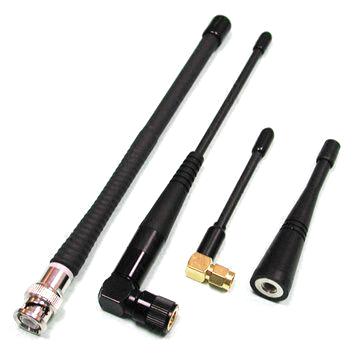
If your router has an internal antenna, adding an external one would be a good idea, as the latter tends to send a stronger signal. Many router manufacturers sell omnidirectional antennas, which send a signal to all directions, or directional ones, which send a signal in one specific direction. Most built-in antennas tend to be omnidirectional, so if you are buying an external one, it should be marked "high-gain" to actually make a difference. A directional antenna tends to be a better option, since odds are that you aren't experiencing weak spots in your network in every direction. Point your external antenna in the direction of your weak spot, and it will broadcast the signal accordingly. Check your router manufacturer's website for details on how to buy them.
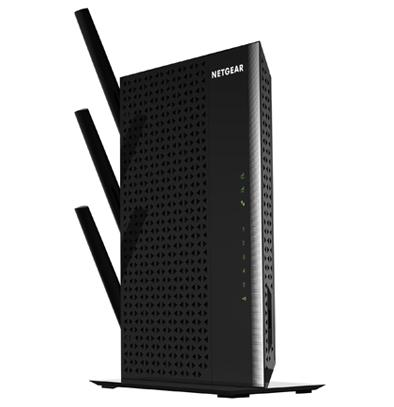
8. Set Up a Wireless Range Extender
Perhaps it's just a matter of room size. All routers are only capable of broadcasting reliably up to a certain distance. Any further, and the signal gets weak. If your wireless network covers a large area, you need a wireless range extender—also known as a wireless repeater or a Wi-Fi expander—to help boost your signal. This is also a good idea if there are thick walls or other physical structures that block signals.
Range extenders looks similar to standard routers, but work differently. For starters, they pick up the existing Wi-Fi signal from your wireless router and simply rebroadcast it. As far as your network router is concerned, the range extender is just another client with an IP address, much like a laptop. Even though it's not a router, you should still use the same rules for figuring out placement; the extender should be close enough to your main network router to pick up a solid signal, but close enough to the weak spot so it can do its job of, well, extending that signal. You don't need an extender that is the same brand or model as your existing router, but you should pick one capable of broadcasting your signal. For example, don't buy an 802.11n extender if your router is on 802.11ac. For more on how to choose and set up an extender, take a look at the Best Wireless Range Extenders we've tested.
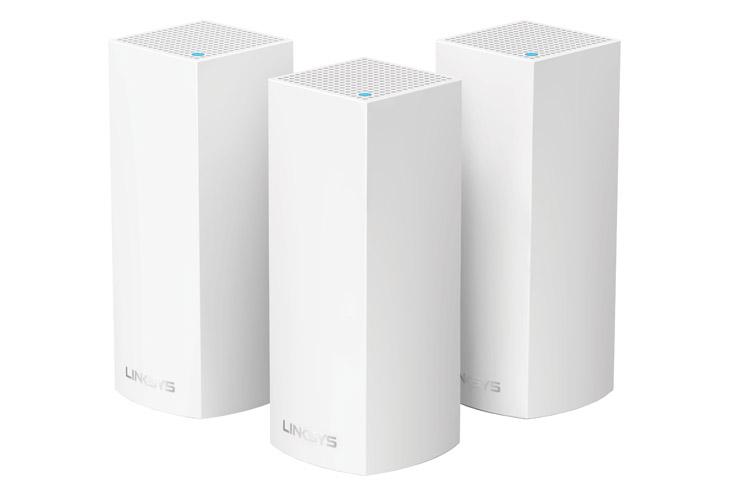
9. Upgrade to a Mesh-Based Wi-Fi System?
Range extenders help bring connectivity to dead zones, but usually provide about half the bandwidth you'll get from your primary router. Access points offer more bandwidth, but require a wired connection to the main router. And both solutions typically create a new network SSID that you have to log in to as you move from one area of the house to another. If you want seamless connectivity everywhere in your home, consider a Wi-Fi system instead.
Designed to cover every corner of your home, Wi-Fi systems comprise a few networking components. There's a main router that connects directly to your modem, and a series of satellite modules, or nodes, that you place throughout your house. They are all part of a single wireless network, and share the same SSID and password. Unlike range extenders, which communicate with the router via the 2.4GHz or 5GHz radio bands, most Wi-Fi system satellites use mesh technology to talk to the router and to each other.
Wi-Fi systems often come with user-friendly mobile apps that walk you through the installation process with easy-to-follow illustrated instructions. The app tells you where to place each node for maximum coverage and chooses the best Wi-Fi channel and radio band for optimal throughput performance. Wi-Fi systems are easy to expand and manage using your smartphone, allowing you to disable Wi-Fi access to specific devices with the press of a button and give certain devices network priority without having to log in to a complicated network console. The downside: Wi-Fi Systems aren't cheap, especially if you have a large home, which will require multiple nodes. But if you're in the market for a new router anyway, they might be worth considering as an alternative.
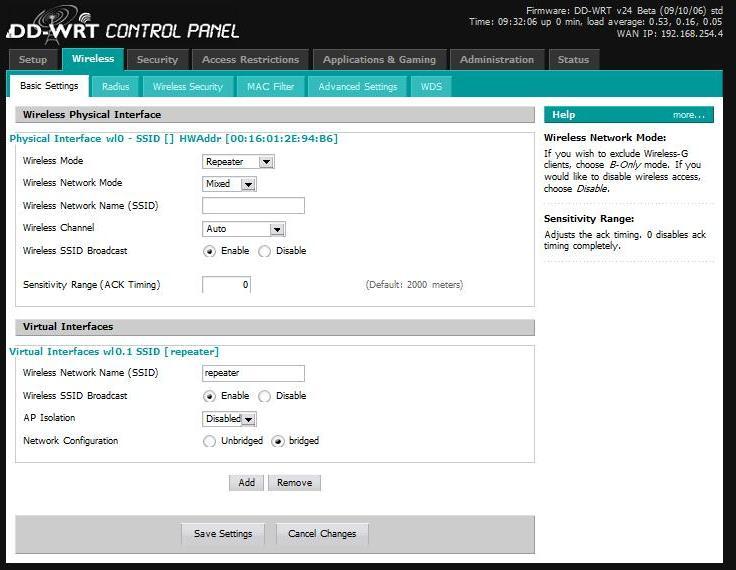
10. Get Into the Guts of Your Router
The adventurous should look at the open-source DD-WRT router operating system. Many major router manufacturers, such as Linksys, Netgear, and TrendNET offer routers that can run DD-WRT. Or you can simply download DD-WRT and install it on any router you have lying around. DD-WRT can ramp up performance and give you access to more advanced networking features including virtual private networking (VPN), security, and granular customization.
For more tips to help speed up your surfing, check out Router Features You Should Be Using and How to Set Up and Configure Your Router. Having problems with even getting or maintaining a signal? Then Tips for Troubleshooting Your Internet Connection is worth a read. Once you've made all the necessary tweaks to optimize your wireless network, test your Internet speed below.
Click Here to Test Speed
Deactivate your VPN temporarily for the best results.











